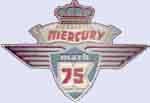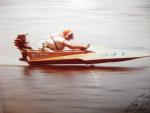
Originally Posted by
7500Blizzard

While the results of this test will be interesting i just don't see how it will help you decide on any tuning as it in no way replicates what your motor will be or is doing. To say that it takes point .001 seconds longer to flow 60cc's means nothing. There are 100+ different things that'll effect your fuel system. 1st your system is pump fed not gravity, than anything from how many hard bends in fuel lines, condition of inside of line, strength of pump/s condition of carb and so on. As stated above the biggest concern of extra or over oiling would be the leaning condition.


 Thanks:
Thanks:  Likes:
Likes: 





 Reply With Quote
Reply With Quote




Bookmarks